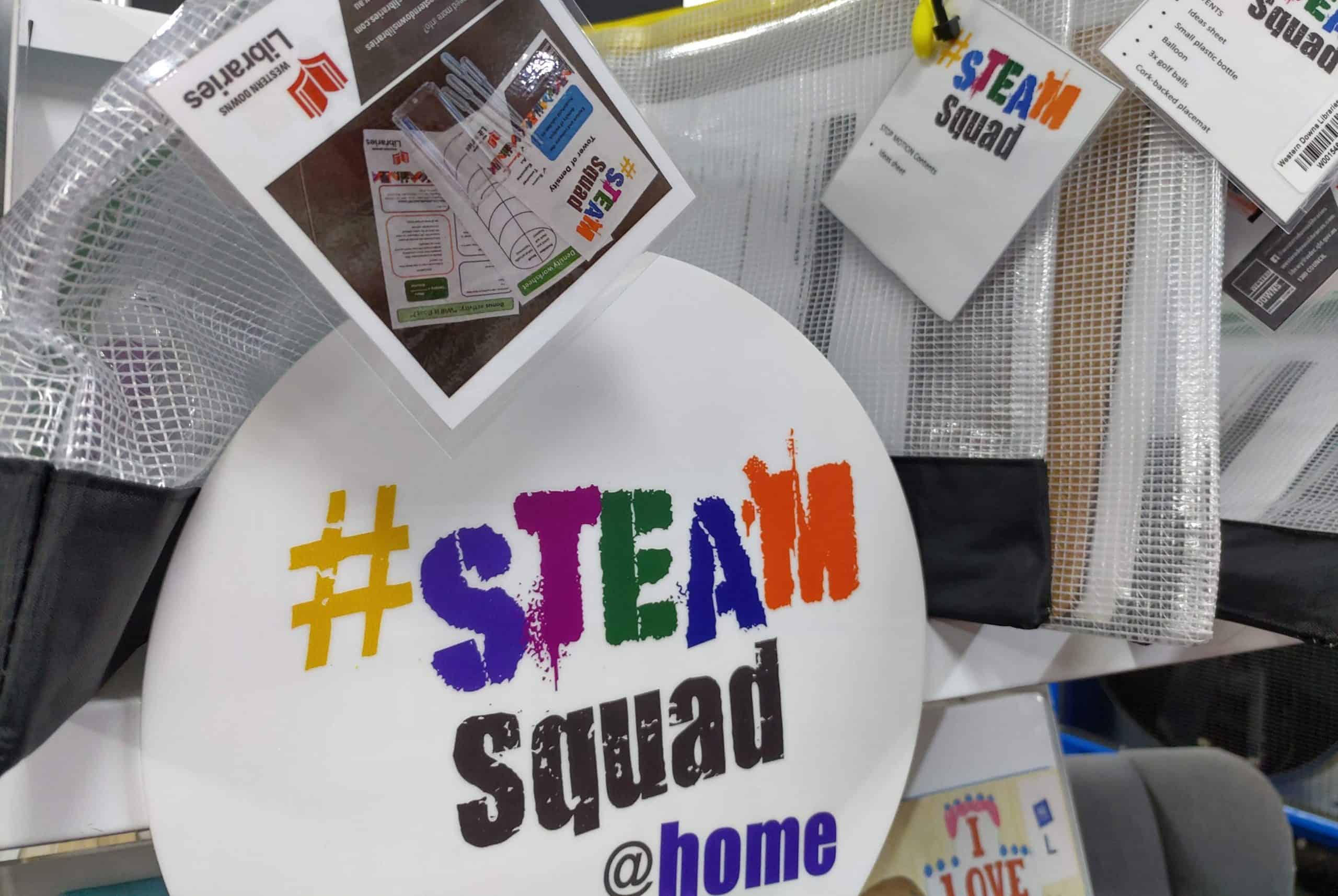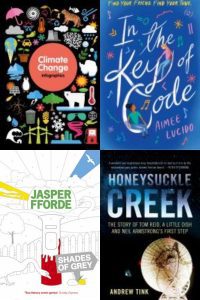
Why your Librarian loves STEAM
STEAM
Science | Technology | Engineering | Arts | Mathematics
You’ve probably heard of STEM education, also known as STEAM.
It’s getting a lot of emphasis lately from governments at both the federal and state level. This is because according to Australia’s Chief Scientist “mathematical literacy in schools has fallen” and the proportion of students studying science at school has dropped to “the lowest level in 20 years”(1).
The Queensland Government believes demand for STEM-related jobs is increasing and that STEM education leads to transferable skills such as “collaboration, critical thinking, creativity and problem-solving”(2).
STEAM is an acronym that stands for: Science, Technology, Engineering, Arts, and Mathematics. But we like a better definition:
“Science & Technology, interpreted through Engineering & the Arts, all based in Mathematical elements”(3).
This puts emphasis on a more integrated approach to education, and provides for contextual learning and real-world problems to solve.
What’s it got to do with books?
 Uh, have you ever read a book(4)? There are loads of information books (and other resource types) about science and technology, about how they are expressed in engineering and the various arts, and how maths and physics and creativity underpin all the disciplines. There are oodles of fictional stories exploring the what-if questions of science and technology.
Uh, have you ever read a book(4)? There are loads of information books (and other resource types) about science and technology, about how they are expressed in engineering and the various arts, and how maths and physics and creativity underpin all the disciplines. There are oodles of fictional stories exploring the what-if questions of science and technology.
What if we could use physics to solve crimes? What if we could use technology to make art? What if engineering could get us to the moon? What if psychology could help to address climate change? Oh wait – those things have already happened, inspired by stories that were inspired by science!
Wow.
But why do librarians love STEAM so much?
It makes you think, doesn’t it? It certainly makes us librarians think (psst, we’re all about thinking). We love helping people learn, but even more we love helping people become independent learners. That is, we want to see a community full of folks who know how to find the answers to their questions, can understand contracts before they sign them, have the confidence to try a new hobby, and know how to go about solving a tricky problem together.
You might not realise it, but Librarians come from all walks of life and educational backgrounds, including STEAM. The next Librarian you meet might have studied Chemistry, be a qualified mechanic, be a prize-winning artist, a sudoku addict, or a computer game designer.
Doin’ it for the kids
 And that’s why we love STEAM so much. So much so that we created a bunch of take-home #STEAM Squad kits for families. A little science, a lot of fun. All in bite-sized amounts so parents won’t feel overwhelmed.
And that’s why we love STEAM so much. So much so that we created a bunch of take-home #STEAM Squad kits for families. A little science, a lot of fun. All in bite-sized amounts so parents won’t feel overwhelmed.
Trust us, by the end of the summer holidays, you’ll be thanking us.
Maybe we’ll inspire a future scientist, engineer, artist, or librarian. Maybe we’ll spark in a child a lifelong journey of learning and creating. That’s something to get STEAMed up about!
References
1. Office of the Chief Scientist 2014, Science, Technology, Engineering and Mathematics: Australia’s Future. Australian Government, Canberra <online access>.
2. Queensland Curriculum & Assessment Authority 2017, STEM in Queensland schools: why STEM education benefits students and society. Queensland Government, Brisbane <online access>.
3. Yakman, G. 2006, STEAM Education, URL: <https://steamedu.com/>, date accessed: 10 December 2020. STEAM Education, VA.
4. Sorry, not sorry.
